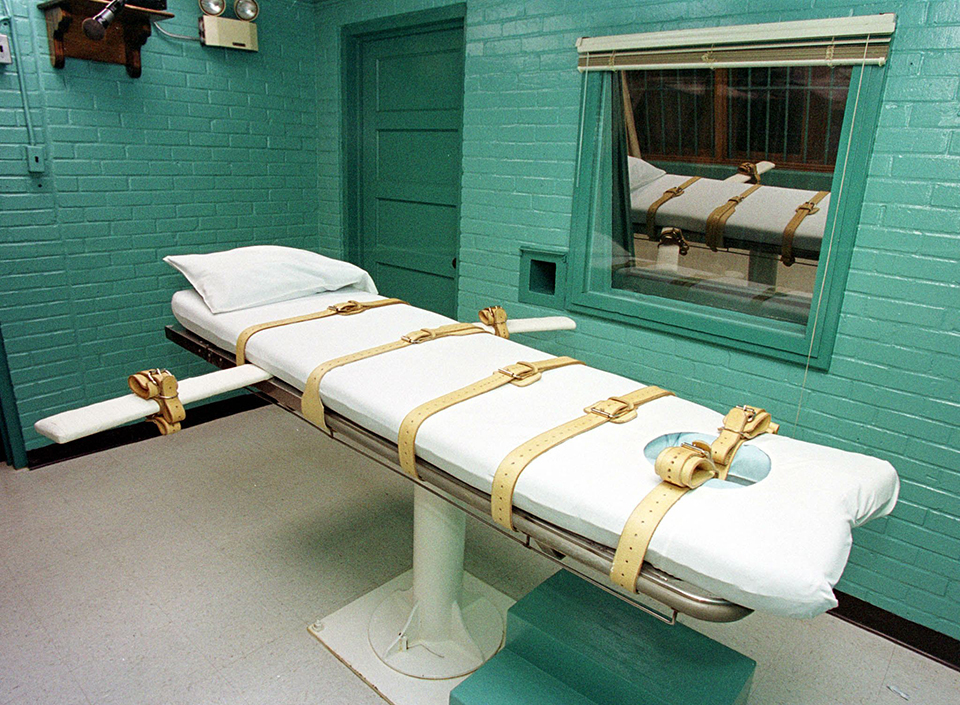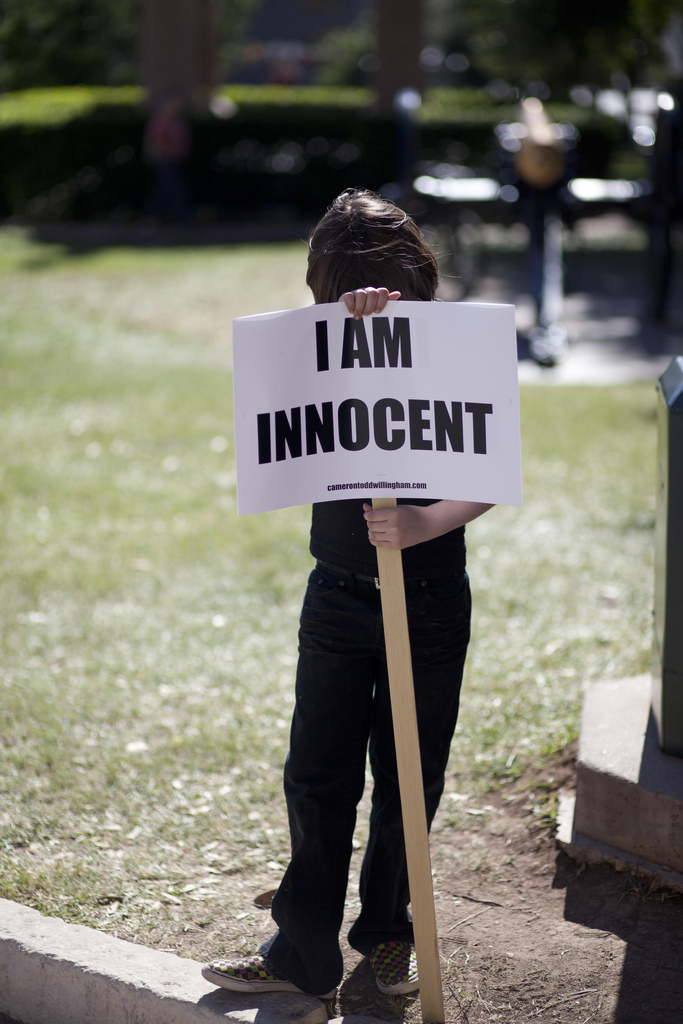The Houston Chronicle Editorial Board says there is enough “Room to Doubt” to justify a stay of execution from Governor Perry for Larry Swearingen, who is scheduled for execution in Texas on Jan 27.
Larry Ray Swearingen has lived on Texas death row for eight years, convicted of the rape-murder of a Montgomery County coed in 1998. He is scheduled for execution by lethal injection in Huntsville next Tuesday, despite the fact that a growing body of evidence indicates he could not have strangled 19-year-old Melissa Trotter and dumped her body in Sam Houston National Forest.
With the inmate facing an irreversible sentence — capital punishment — it is imperative that Texas Gov. Rick Perry stay the execution to prevent the death of a possibly innocent man.
While plenty of circumstantial evidence indicated Swearingen, a convicted rapist, was a logical suspect, forensic facts not presented at his trial point elsewhere. Trotter’s body was discovered 10 years ago on Jan. 2, nearly a month after her disappearance from the Montgomery College campus in Conroe.
However, Swearingen was jailed on traffic warrants three days after the woman went missing. Although prosecutors theorized that Trotter was killed and her body dumped in the forest the day of her disappearance, the corpse was amazingly well preserved when discovered. Six physicians and forensic scientists who reviewed the evidence concluded that the victim died well after Swearingen’s arrest.
Former Harris County Chief Medical Examiner Joye Carter, who testified against Swearingen in his trial, reexamined the physical evidence and has concluded that Trotter’s death occurred at least a week after Swearingen was taken into custody.
One expert, using a technique familiar to viewers of the CSI TV series, confirmed that finding by dating the development of insect larvae in the victim’s body.
Other exculpatory evidence included blood samples found under Trotter’s fingernails and a pubic hair recovered from a vaginal swab that came from someone other than Swearingen.The strongest evidence linking the inmate to the murder was the fact he was seen with Trotter on campus the day she disappeared, and a torn stocking matching a piece used to strangle her was found at the man’s trailer. Oddly, the hose turned up after the trailer was twice searched by Montgomery County deputies. Lawmen did not disclose during the trial that Trotter had received phone threats from another man.
The Texas Court of Criminal Appeals correctly stayed Swearingen’s execution last year on the basis of the new evidence. It inexplicably later denied his appeal for a new trial without addressing the seeming impossibility of his involvement in the woman’s killing.
The inmate’s attorney, James Rytting, is currently working on a new appeal with the assistance of the New York-based Innocence Project. They are seeking DNA testing of the pantyhose and blood samples. Rytting told the Chronicle’s Lisa Falkenberg that despite the contradictions, prosecutors continue to spin far-fetched theories, such as the possibility that Swearingen had refrigerated Trotter’s body and then had an unknown accomplice dispose of it while he was jailed.
Dr. Glenn Larkin, a retired forensic pathologist who reviewed the case, told Texas Monthly that “no rational and intellectually honest person can look at the evidence and conclude Larry Swearingen is guilty of this horrible crime.”
He may not be a saint, but Swearingen does not deserve to die for someone else’s crime.
Governor Perry should halt the execution to allow more testing that may exonerate the convict and point toward an at-large killer.











